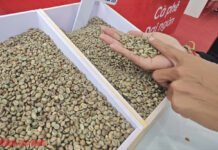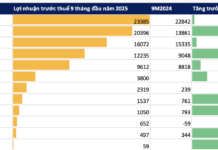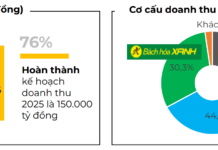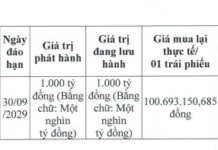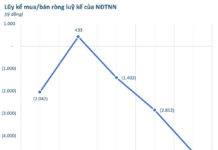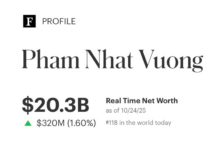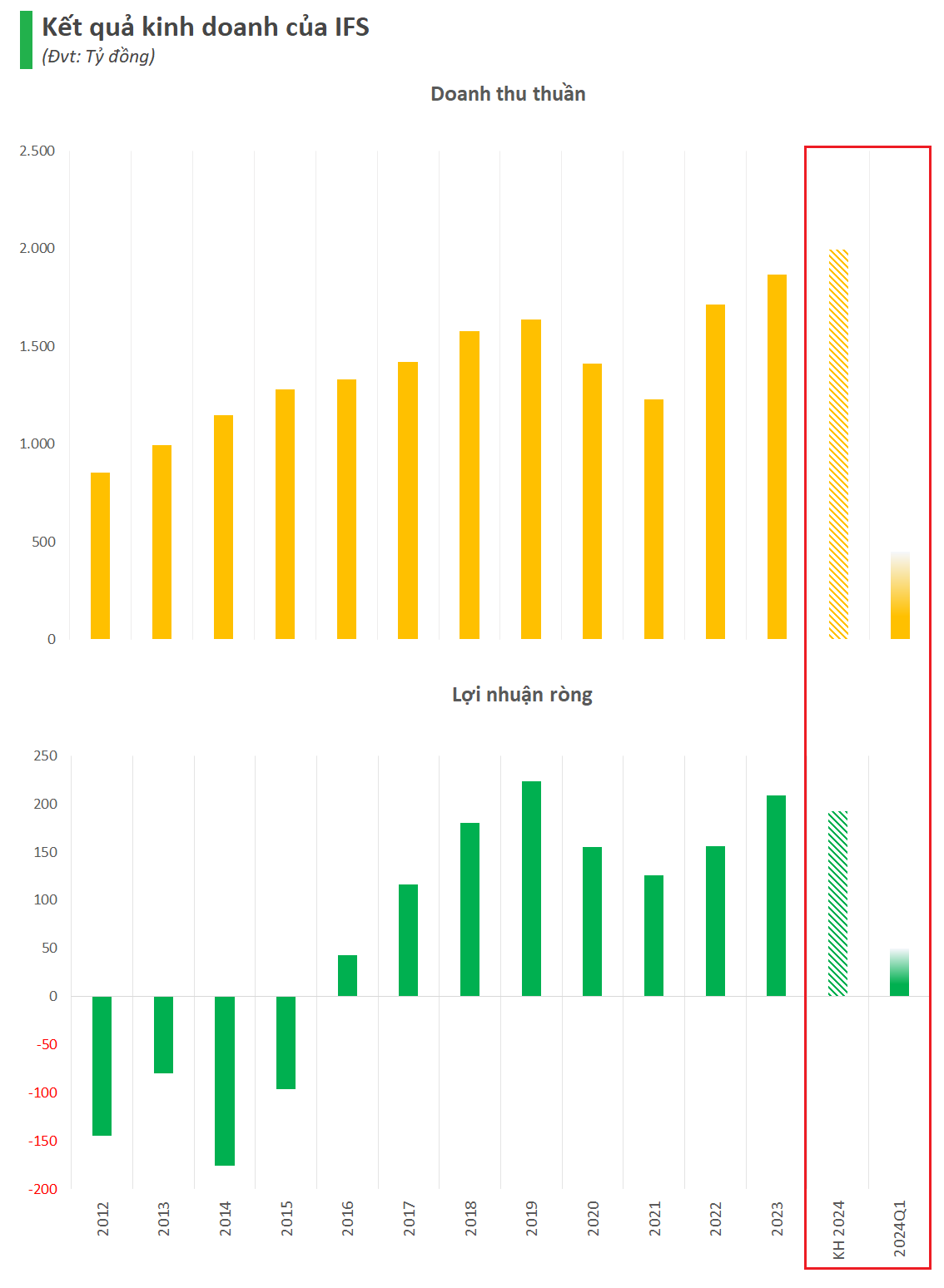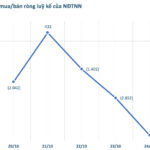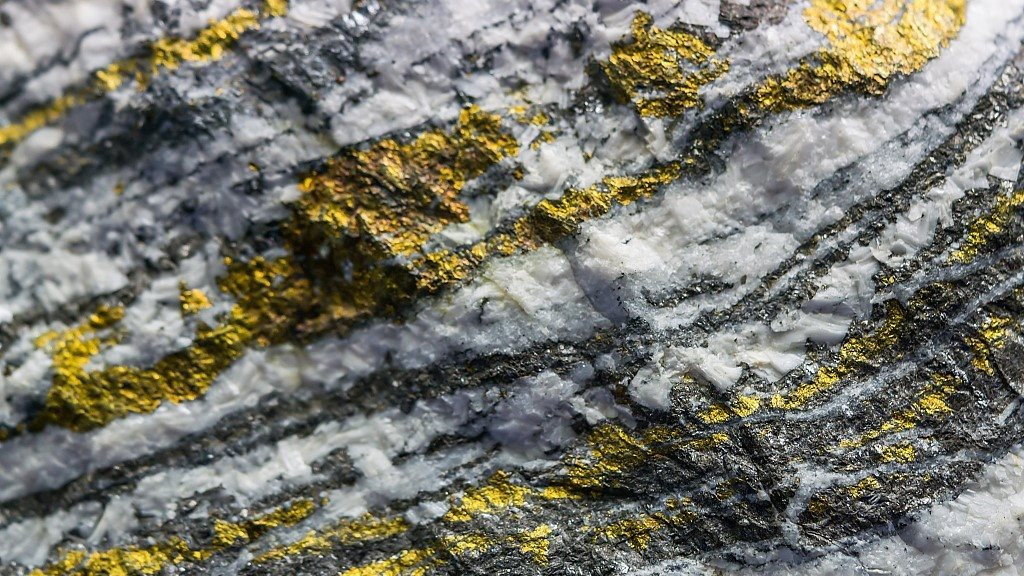
According to preliminary statistics from the General Department of Customs, Vietnam’s mineral exports in March 2024 reached 233,844 tons with a value of over 21.88 million USD, up 74.5% in volume and 45.3% in value compared to February 2024.
In the first three months of 2024, Vietnam’s mineral exports reached over 740,908 tons, equivalent to over 61 million USD, an increase of 5.4% in volume and 71% in value compared to the same period in 2023.
The average export price reached nearly 82.4 USD/ton, a sharp increase of 61% compared to the same period last year.
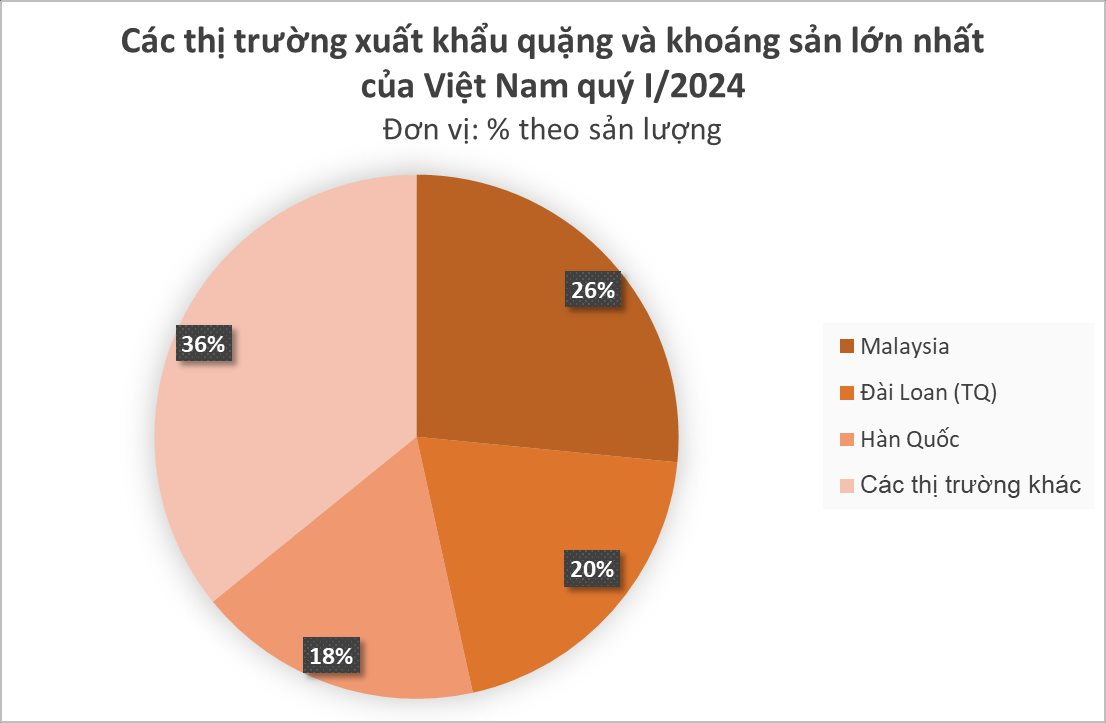
In terms of markets, Malaysia, Taiwan (China) and South Korea were Vietnam’s three largest mineral exporting markets. Previously, China was in the top 3 but has been replaced by other markets.
Remarkably, exports of this item to Malaysia are witnessing an impressive growth rate, surpassing other major markets to claim the No. 1 position. Specifically, Vietnam exported 56,174 tons of minerals to Malaysia in March, equivalent to more than 1.41 million USD. In contrast, in March 2023, this country did not import any products.
Thus, in the first three months of the year, this country spent 3.28 million USD to import 196,739 tons of minerals from Vietnam, a sudden increase of 1,827% in volume and 202% in value compared to the same period last year, accounting for 26% of the total export volume.
In contrast to the overall growth of the market, the average export price to Malaysia was only 16.7 USD, a sharp decrease of over 84% compared to the same period in 2024.
Malaysia produces a wide range of minerals such as bauxite, gold, iron ore, manganese, tin, clay, aggregates, mica, dolomite, kaolin-feldspar, kaolin, limestone, silica sand, sand and gravel, coal as well as natural gas and oil. Other mineral resources such as copper, nickel, and silica stone are currently mined less or not at all. This requires Malaysia to continue to import from Vietnam.
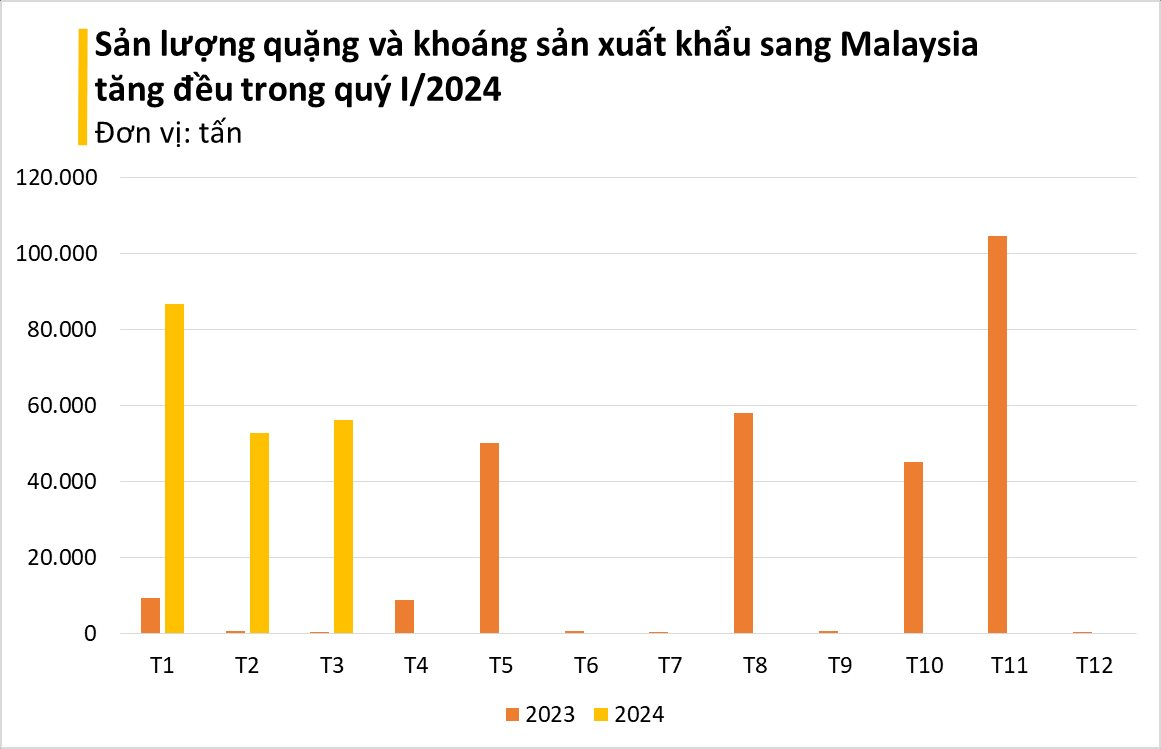
Vietnam is a country rich in resources, especially gifted by Mother Nature with forests, rare animals and plants, mineral deposits, water sources, oil, and gas.
Vietnam’s mining industry began to take shape in the late 19th century under the initiative of the French. Since 1955, Vietnam has taken over, maintained, and developed the exploitation and processing of minerals. Today, our country has more than 5,000 mining and quarry sites.
Vietnam ranks 15th in the world in terms of mineral area, 65th in terms of geological age, and has 60/200 types of minerals common in the world. In particular, some minerals have significant reserves, world-class scale, strategic importance, and are resources for socio-economic development.
For example, bauxite (5.8 million tons) ranks second in the world, fluorite (5 thousand tons) ranks fifth in the world, apatite (0.778 million tons), titanium (15.71 million tons), coal (3,520 million tons), rare earth (22 million tons) ranks second in the world, and granite (15 billion m3), tungsten (100 thousand tons) ranks third in the world…
In the world today, mineral resources are becoming scarce, and they are the subject of fierce disputes in many places, especially non-renewable resources.


